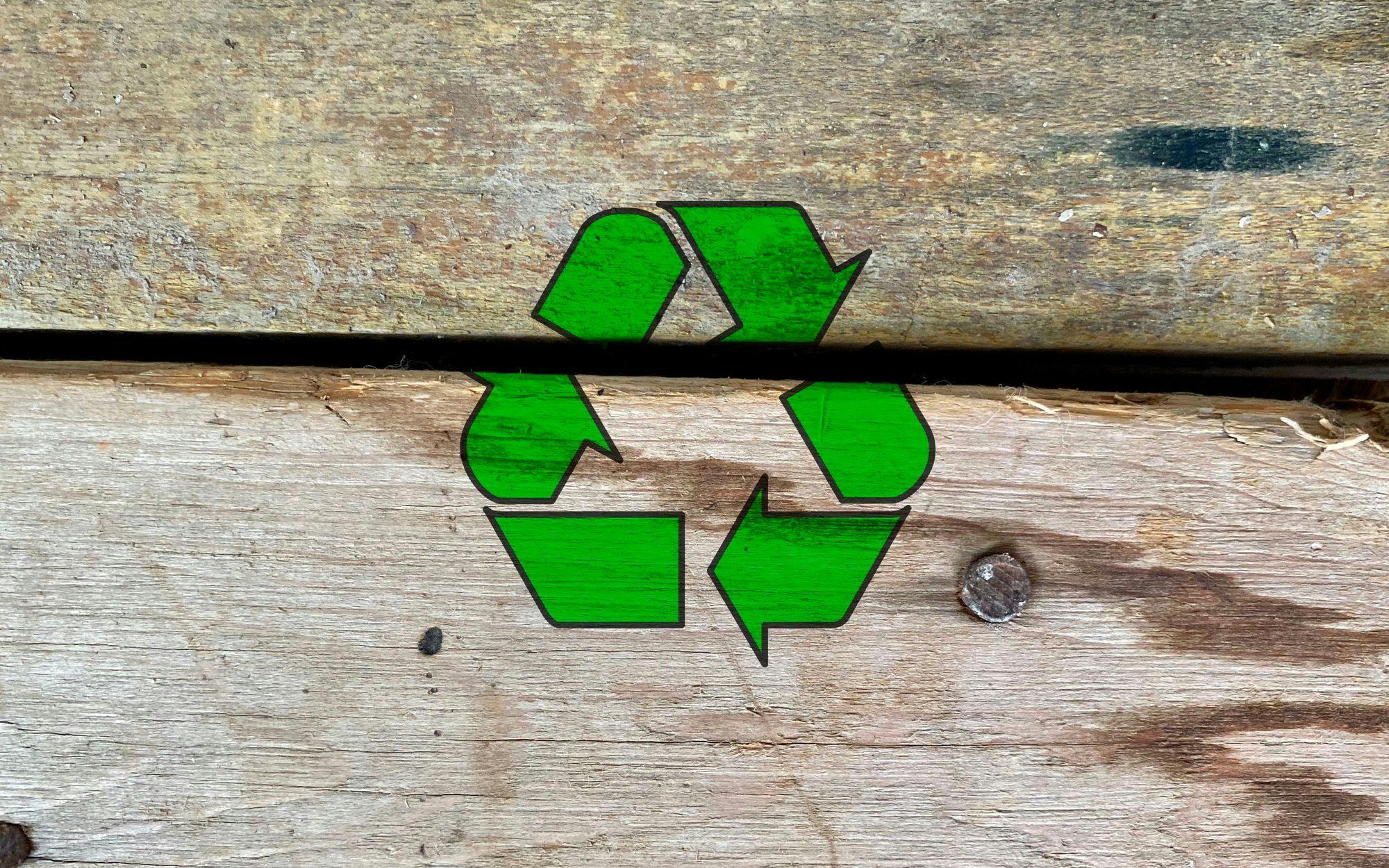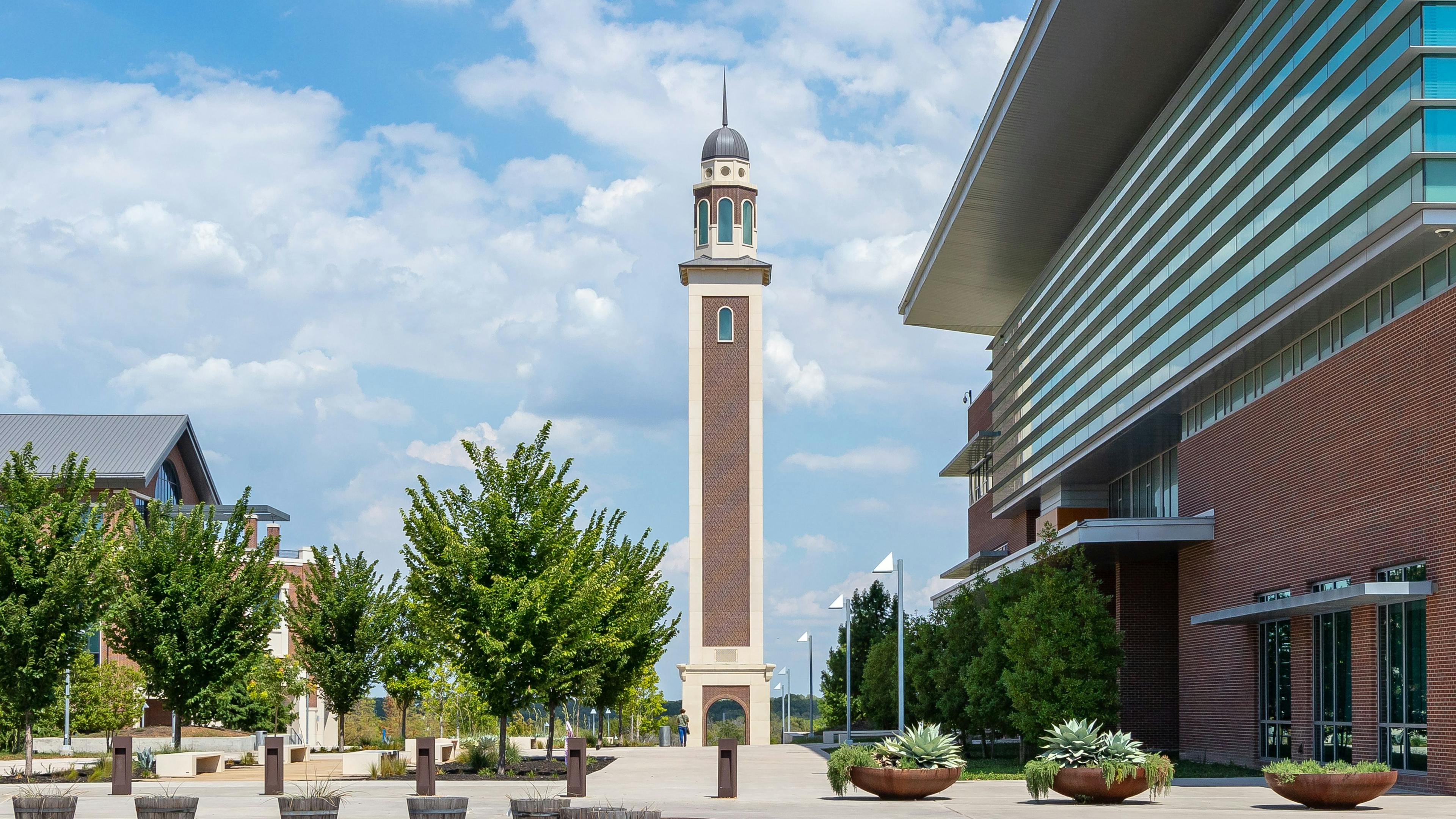
Q&A: The Challenge of Meeting LEED Materials Requirements
Green construction is not going anywhere but up in 2021, and reaching LEED certification is an important goal of many builders. But like anything, the devil lies in the details, and it can be a challenge for design teams and contractors to meet LEED material requirements. We spoke with Tommy Linstroth, CEO of Green Badger, a provider of cloud-based LEED documentation management services, to learn more about how the construction industry can face this challenge.
Q: What is the main hurdle to understanding LEED-compliant materials requirements?
A: One of the biggest challenges is learning about and understanding the LEED requirements. And even though they've been out for a couple of years now, following and implementing these guidelines is not common practice yet in the construction industry. There are pockets in the industry that tend to comply, but it’s still more common that they do not.
So, getting everyone on the team to think about the inclusion of LEED-compliant materials from the very beginning of a project should be the objective.
Q: How can the industry do a better job ensuring that LEED-compliant materials are used?
A: Most contractors are not sustainability ninjas, and unless they are green material experts and happen to know that a particular product should have LEED information, they wouldn’t know to question a subcontractor’s choice of material and inclusion or omission of LEED information. It’s a grey area because a contractor’s job is to make sure the product is compliant with the spec, and if the spec does not explicitly say a product should have environmental information, the subcontractor who's submitting might not even realize it’s needed. It’s an area where education about available LEED-compliant construction and materials needs to be improved so the industry can do a better job.
Q: What can you tell us about the impact of the LEED materials guidelines on the construction industry so far?
A: I would say what the guidelines are starting to do is what it what they are intended to do—which is provide more transparency about the materials that are being put into our buildings. And that's really pushing the obligation for that transparency about the source and composition of materials back to the manufacturers versus the contractors, so what will eventually happen is developers and contractors will be able to take that information and use it to make more informed decisions with the types of materials they're putting in their buildings.
Q: What should developers that apply for LEED certification know about the materials standards they need to achieve?
A: The awarding of points by USGBC is getting tighter, and project teams need to be aware that the ease of earning points for LEED certification has changed. There’s a significant decrease in points from the old version to the new version, so builders will have to look elsewhere to make up those points. It can be done through building efficiencies or other areas that are impacted by the design and the systems of the building, versus relying on the material specifications.
If developers or contractors are looking to earn LEED points, there are a variety of green products, with multiple manufacturers, where they could focus their time and effort to ensure they’re achieving credits without taking the time to try to source out 10,000 different products. It’s important to focus on what sustainable/green products are most readily available and start there.
Q. What is the next environmental/sustainability challenge that the construction industry needs to meet when it comes to green materials?
A: The new green building terminology we are all hearing in the industry today is embedded carbon. This means the greenhouse gasses (GHG) that are produced by building materials like concrete and are responsible for anywhere from 9% to 11% of global GHG, depending on the source. International organizations are starting to pay attention to the embedded carbon footprint of certain products created by the construction industry. And soon, this will be something all building and construction projects will need to pay attention to.
Related stories








